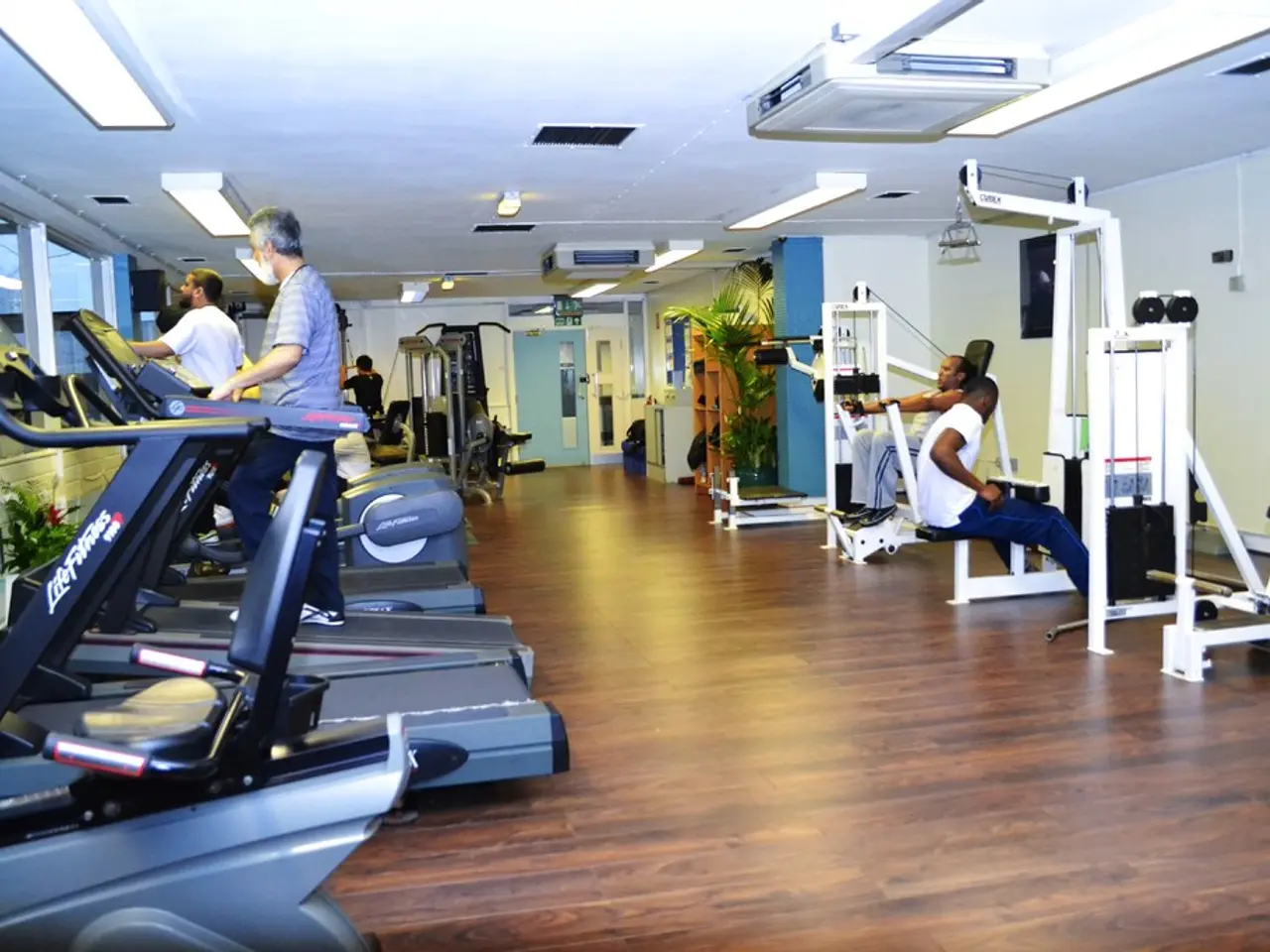Eye Cold Compression: Advantages, DIY Method, and Further Insights
A cold compress is an effective home remedy for providing relief from various mild eye conditions, such as redness, puffiness, swelling, and mild eye infections. This simple treatment helps by reducing inflammation, soothing irritated tissues, and decreasing discomfort.
Conditions Benefiting from Cold Compresses
- Allergic eye reactions (itching, redness, swelling): Cold compresses help reduce swelling and ease itching safely at home.
- Eye strain and mild redness: They offer immediate soothing relief by calming blood vessels and tissues.
- Swollen eyelids from injury or inflammation: Cold compresses reduce swelling effectively.
- Mild eye infections: Cold compresses may alleviate symptoms but should be used cautiously alongside medical advice to avoid complications.
Making and Using a Cold Compress Safely
- Take a clean, soft cloth or towel.
- Wrap a few ice cubes in it or soak the cloth in cool (not freezing) water, then wring out excess water.
- Avoid direct contact of ice with the skin to prevent frostbite; always have a cloth barrier.
- Gently place the compress over closed eyes.
- Keep it on for about 5 to 10 minutes.
- Remove and let the skin rest; repeat if needed with fresh, clean cloth each time to avoid infection.
- Always use a clean cloth each time and avoid contaminating the eyes with unsterile water or dirty fabric.
Precautions
- Do not use dirty cloths or unsterilized water, as this can increase the risk of infection.
- Avoid pressing too hard or applying compresses for too long to prevent irritation.
- For more severe conditions or persistent symptoms, consult an eye care professional instead of relying solely on home remedies.
Other Treatment Options for Dry Eyes
In addition to cold compresses, other treatments for dry eyes include over-the-counter eye drops, prescription eye drops, tear duct plugs, avoiding smoke, wind, or harsh air conditioning, using a humidifier, drinking adequate water, limiting screen time, taking regular breaks, wearing wraparound sunglasses, getting enough sleep, and avoiding chemical ice packs.
Alternative Compress Options
- To make a cold towel compress, run a clean dishcloth under water, fold it into a square, place it in a plastic bag, and freeze it for 15 minutes before applying it to the eyes.
- To make an ice pack compress, place ice in a resealable plastic bag, wrap it with a clean dishcloth, and apply it to the eyes as necessary.
In summary, cold compresses are a simple, effective, and generally safe home remedy to reduce mild eye irritation and swelling when prepared and used cleanly and correctly. Always consult a healthcare professional for severe conditions or persistent symptoms.
- Cold compresses can potentially provide relief for conditions such as dry eyes, caused by lacrimal gland dysfunction or insufficient tears.
- Obesity has been linked to the development of certain types of cancer, particularly cancers of the lung, breast, colorectal, and uterine linings.
- Atopic dermatitis, a chronic skin disease causing dry, itchy, and sometimes appearance of puffy skin, can be eased with proper skincare and lifestyle adjustments.
- Macular degeneration, a type of degeneration affecting the central part of the retina, is a leading cause of vision loss in individuals over age 50. Science focuses on developing predictive tests for early detection and treatment.
- Bipolar disorder, a mental health condition characterized by periods of mania and depression, requires proper diagnosis, treatment, and management for effective management.
- A dry and uncomfortable environment could exacerbate symptoms of dry eyes or dry skin conditions such as dermatitis.
- Crohn's disease, a chronic inflammatory bowel disease, is difficult to predict and can result in complications like malnutrition, anemia, and certain types of cancer.
- Unmanaged diabetes can increase the risk of developing several types of disease, including heart disease, kidney disease, nerve damage, blindness, and even type 2 diabetes itself.
- In addition to practicing general health-and-wellness behaviors, maintaining a balanced diet rich in aq (anti-inflammatory foods) can help reduce the risk of chronic disease.
- The cold compress technique, while helpful for easing mild eye conditions, should not be used without caution. For instance, it should not be applied alongside heat therapy or for conditions like glaucoma or cataracts.




